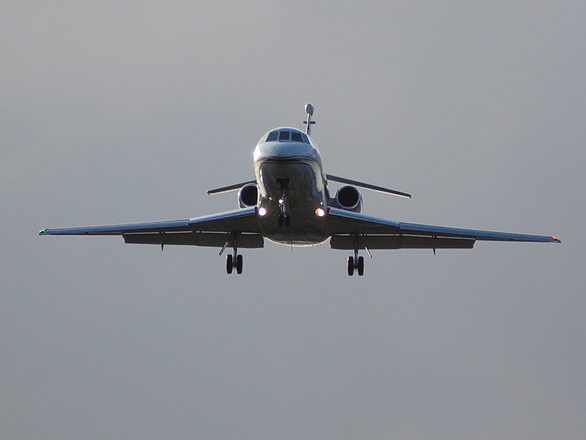With the aviation finance community converging next week in Hong Kong for the annual Airline Economics Growth Frontiers and Asia Pacific Airfinance Conference, IBA, a leading aviation advisory firm, has been actively tracking Asian aviation investment trends.
IBA says that while some sectors are experiencing a slowing for Asian, and specifically Chinese, outbound investments "“primarily due to uncertainties in financial markets and elections, Brexit and also potentially increased protectionism or concerns over security "“ aviation seems more resilient. IBA market analysis shows that more deals have been completed in 2016 compared to 2015. A nurturing attitude of outbound investments by Chinese Government policy and an appetite for USD denominated assets have eased the processes and made this possible.
IBA, which has analysed and advised on many of the more prominent transactions in the last 12 months, says that their findings indicate several trends in the Asian aviation investment market:
· Consolidation will continue. IBA has observed acquisitions from various perspectives: scale, geographic balance, and for both horizontal and vertical diversification "“ witness the increased interest in the part out sector to provide end of life solutions. The competition for CIT and the interest in AWAS both highlight the appetite for solid lessor business platforms offering long term returns and access to a broad operator base. IBA says that it is an unusual market in the sense that there is volume of both strategic growth deals and also distressed or opportunistic acquisitions.
· Margins and lease rates are tightening. Competition is increasingly fierce with RFPs over-subscribed, lease rate factors below 65 basis points and mature operators opting out of bids given the margin pressure.
· New entrants are emerging into a very volatile market. Since early 2015, IBA has been advising almost as many Korean and Japanese players as Chinese players on diversification and investment opportunities. The new entrants have intensified competition, driving price down for airlines, but have occasionally been exposed to unnecessary risk around, for example, riskier assets and redelivery challenges.
· Riskier credits and jurisdictions are being taken on. IBA has seen a tangible shift to investing in, and subsequently monitoring, riskier credits in an attempt to chase higher returns. On occasion, the credit recipient that was financed 12 months ago could be a very different operator today, or face a very different market.
· Older aircraft are coming back into focus. These provide the returns that investors want but at a greater risk and volatility from various factors such as age restrictions, lower operator creditworthiness, rising oil prices and possibly higher maintenance expenditure.
David Yu, IBA"™s head of Asia highlights,"With the market reaching a plateau, never has it been more important to conduct robust due diligence on acquisition targets and its managers and operators by investors. The Asian aviation market continues to drive corporate activity and the emergence of Korea, Japan and other SE Asian countries further adds to the heightened acquisitiveness of Chinese investors that strengthens the region"™s position as the sector’s growth driver."
IBA delivered its biannual market update on October 27th, covering these topics and more. Visit http://www.ibagroup.com/market-data-webinar/ to access the recording and the data.



